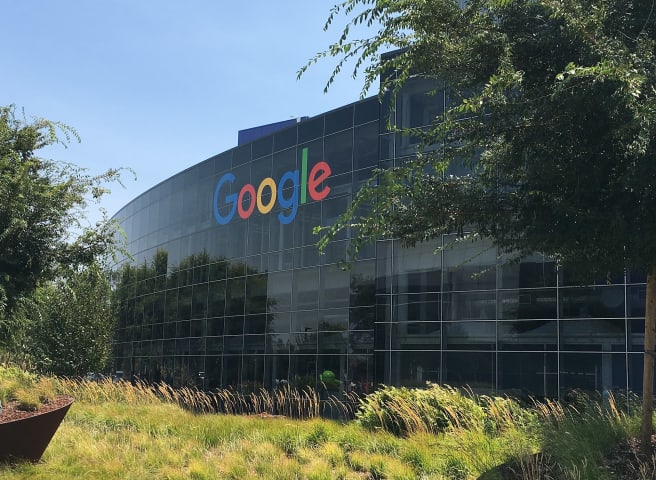概要: Google が児童虐待画像を自動検出する際に、医療従事者向けの親の写真に誤ってフラグが付けられ、児童虐待の誤った警察報告が行われ、その親のオンライン アカウントと情報にアクセスできなくなった。
推定: Googleが開発し提供したAIシステムで、a software engineer named Mark と parents using telemedicine servicesに影響を与えた
インシデントのステータス
Risk Subdomain
A further 23 subdomains create an accessible and understandable classification of hazards and harms associated with AI
7.3. Lack of capability or robustness
Risk Domain
The Domain Taxonomy of AI Risks classifies risks into seven AI risk domains: (1) Discrimination & toxicity, (2) Privacy & security, (3) Misinformation, (4) Malicious actors & misuse, (5) Human-computer interaction, (6) Socioeconomic & environmental harms, and (7) AI system safety, failures & limitations.
- AI system safety, failures, and limitations
Entity
Which, if any, entity is presented as the main cause of the risk
AI
Timing
The stage in the AI lifecycle at which the risk is presented as occurring
Post-deployment
Intent
Whether the risk is presented as occurring as an expected or unexpected outcome from pursuing a goal
Unintentional
インシデントレポート
レポートタイムライン
Loading...

Mark noticed something amiss with his toddler. His son’s penis looked swollen and was hurting him. Mark, a stay-at-home dad in San Francisco, grabbed his Android smartphone and took photos to document the problem so he could track its progr…
Loading...

The application of artificial intelligence in various aspects of life has been mostly a net positive, but what happens when machine learning algorithms cannot detect the difference between an innocent health photo and child exploitation mat…
バリアント
「バリアント」は既存のAIインシデントと同じ原因要素を共有し、同様な被害を引き起こし、同じ知的システムを含んだインシデントです。バリアントは完全に独立したインシデントとしてインデックスするのではなく、データベースに最初に投稿された同様なインシデントの元にインシデントのバリエーションとして一覧します。インシデントデータベースの他の投稿タイプとは違い、バリアントではインシデントデータベース以外の根拠のレポートは要求されません。詳細についてはこの研究論文を参照してください
似たようなものを見つけましたか?



